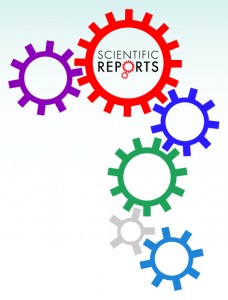
When examining the roles of conflicts of interest in academic publishing, most research focuses on transparency around the payments authors receive. But what about journal editors? According to a new Peer J preprint, two-thirds of editors at prominent journals received some type of industry payment over the last few years – which, at many journals, editors are never required to disclose. (The findings echo those reported by another recent paper in The BMJ, published six days later.) We spoke with Victoria Wong at The Queens Medical Center in Hawaii, first author of the Peer J preprint.
Retraction Watch: In studies of academic integrity, most people concentrate on the authors who submit to journals, and on the articles published by journals, as a way to assess the integrity of science publications. What drew your attention to the individual editors and their possible influence on the process?
Continue reading Most editors of top medical journals receive industry payments: report
 More than a dozen members of the editorial board at
More than a dozen members of the editorial board at  Here’s a head-scratcher: A 2017 paper examining why long space flights can cause eye damage has been taken down, with a brief note saying NASA, which sponsored the research, asked for the retraction because of “security concerns.”
Here’s a head-scratcher: A 2017 paper examining why long space flights can cause eye damage has been taken down, with a brief note saying NASA, which sponsored the research, asked for the retraction because of “security concerns.”

 As a journal editor, are you tired of hearing the same excuses from authors who are facing allegations of problematic data? If so, you’re not alone.
As a journal editor, are you tired of hearing the same excuses from authors who are facing allegations of problematic data? If so, you’re not alone. The U.S. government biomedical research database MEDLINE no longer includes a cancer journal with a storied past.
The U.S. government biomedical research database MEDLINE no longer includes a cancer journal with a storied past.


